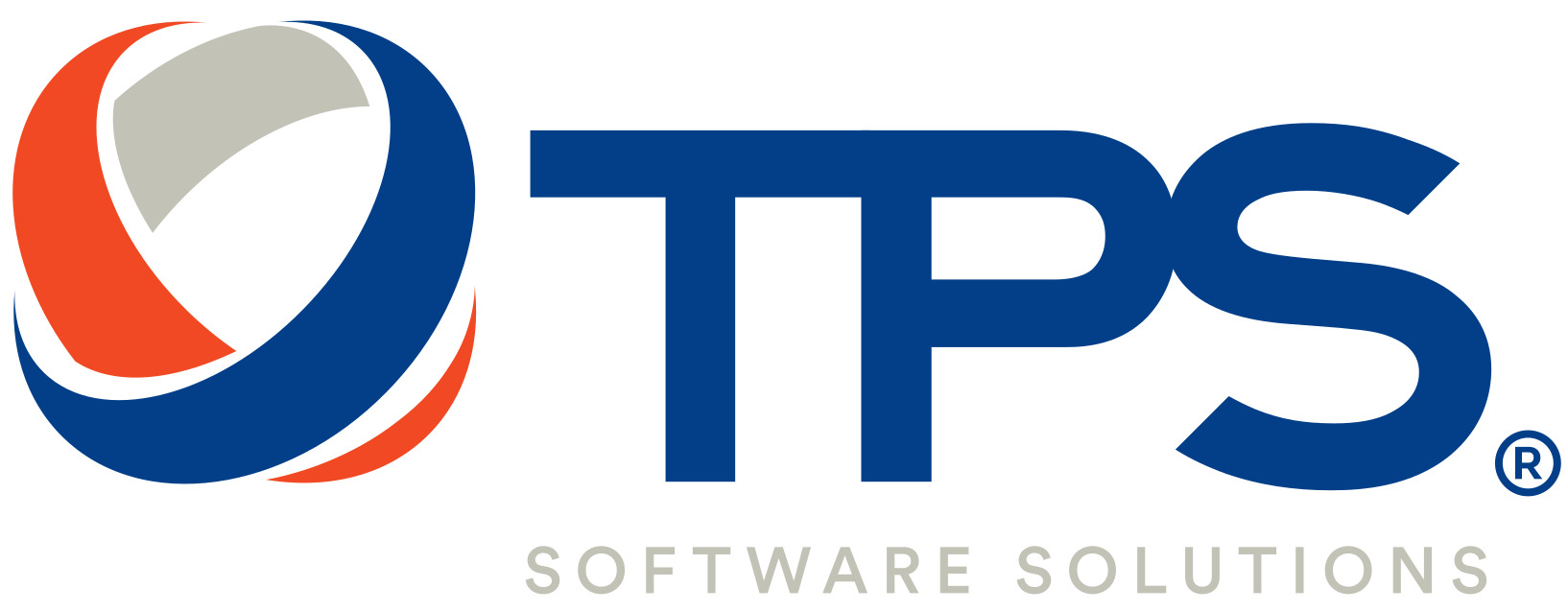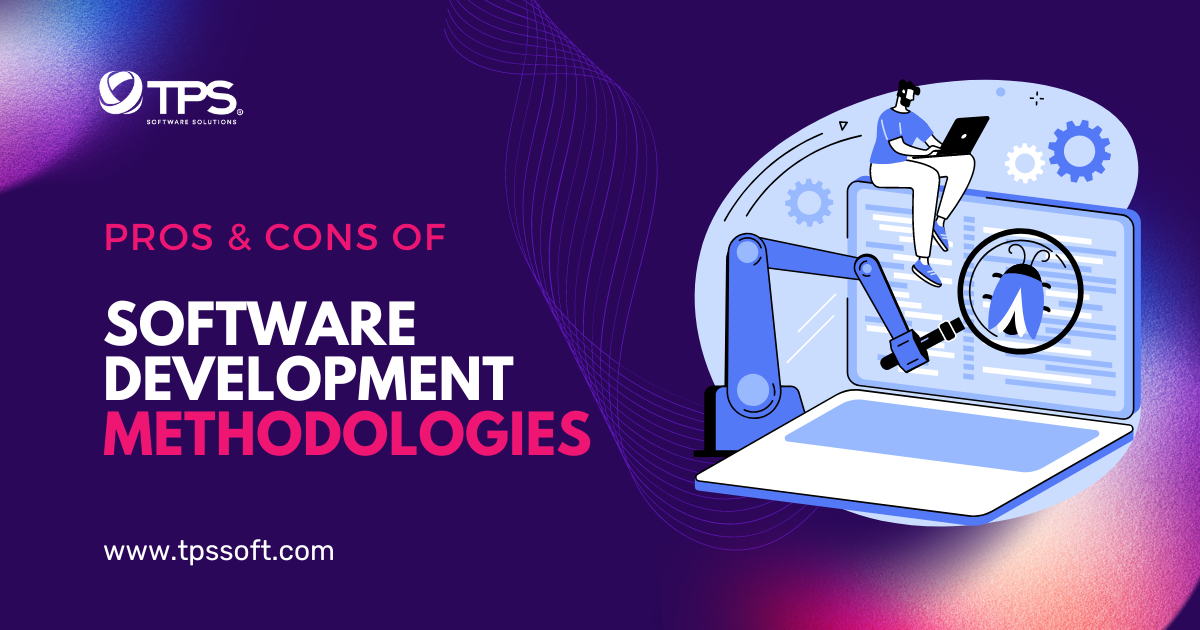Agile Software Development
An excellent software development strategy, the Agile Program Development technique creates a structured software management process that welcomes rapid changes throughout development. One conceptual framework for tackling a wide range of software engineering tasks, this is a sort of software development technique. The iterative software development cycles typical of Agile Development typically span between a week and a month, and are meant to keep risks to a minimum.
Pros | Cons |
- Maintaining happy customers with regular updates to their software.
- More value on human connection than on automation and development frameworks.
- The ever-evolving needs of the customer base need a flexible technique, and agile development provides just that.
- There is no room for error because of the direct connection and frequent feedback from customer service agents.
| - It might be challenging to estimate the time and resources needed at the beginning of the software development life cycle for certain software deliverables, particularly the larger ones.
- Because of the agile methodology’s emphasis on delivering functioning software over documentation, documentation may suffer as a consequence.
- If the client representative is unclear about the desired result, the project is at risk of veering off course.
- During development, only seasoned programmers should be trusted to make important choices. As a result, inexperienced programmers are not welcome there unless they are accompanied by more seasoned personnel.
|
DevOps Methodology
DevOps is a buzzword in the industry, and for good reason; it gives consumers several advantages over other software development approaches. DevOps did not originate from Development and Operations working separately. These two divisions are working as one unit to complete all life-cycle procedures. All companies may use this feature simultaneously. The paradigm of continuous integration and delivery allows the development and operational teams to carry out all tasks related to development, quality assurance, security, and other activities concurrently.
As a result, more and more companies are adopting DevOps as an agile and lean methodology that facilitates clear communication and cooperation throughout the whole software development life cycle.
Pros | Cons |
- The Procedure Is Now Much Quicker As a result of parallel processing, firms may complete their tasks more quickly and on schedule. DevOps allows companies to effectively expand and provide tangible outcomes by responding to market shifts.
- Rapid Shipping DevOps incorporates a number of practices, including microservices and continuous delivery, to ensure that businesses can keep operating with the latest fixes and features implemented quickly. When companies use DevOps, they may enhance their software products by constantly testing and implementing new ideas.
- Reliability Even as the product and infrastructure undergo constant evolution, the resulting products continue to be cutting edge in terms of reliability and safety.
- Collaboration This is a shared space where responsibility and ownership are paramount. The whole development lifecycle is coordinated between the development and operations teams, allowing for more efficient and timely product delivery.
| - Culture shift is necessary for DevOps In order to effectively expand, businesses that implement DevOps must undergo a culture shift and restart many of their procedures.
- In addition to moving away from traditional ways, firms may benefit from organizational upgrading by delegating jobs that need different expertise to different employees.
- DevOps is not always successful in achieving both speed and security. You may need to think about a distinct strategy for security at each level of your DevOps process for more complex software engineering projects that may not be assured by a single company.
|
Scrum Development
Scrum is a versatile project management framework that may be used in a wide variety of contexts. This kind of development is used for businesses with rapidly changing needs that may be accommodated with relative ease. The Scrum software development methodology consists of three phases: planning, meeting, and review. Businesses may save time and money with this strategy since it enables for several iterations to be performed simultaneously. The fact that it can speed up even the slowest moving projects makes it a top software development methodology.
Pros | Cons |
- Scrum Development is best for developing quickly and cutting-edgely, writing code quickly, and testing where errors can be rapidly fixed.
- Teams are given complete discretion over all decisions in this approach.
- The business requirements documentation and other indicators of a successful project are made possible by this technique.
- Companies may monitor the phases of the project’s development using this approach, which places a premium on regular updates.
- The developer can simply track employee output thanks to regular meetings. As a result, everyone on the team is able to do more.
- With frequent feedback and frequent iterations, teams can better adjust to new circumstances.
- It’s less of a challenge to meet deadlines while maintaining product quality.
| - Project management stakeholders will be motivated to keep asking for more features to be supplied as long as Agile Scrum is used since there is no definitive end date.
- Accurate cost and time estimates are essential to the success of this development strategy.
- It works well for quick, straightforward tasks but falls short for more involved endeavors.
- For this strategy to be successful, the team members must be highly skilled experts. To put it simply, if the team is made up of inexperienced individuals, they will not be able to finish the project on schedule.
- When the Scrum Master has faith in the team they are leading, Scrum is an effective method for managing projects. Extreme micromanagement may be very irritating to team members, which in turn can cause low morale and the eventual collapse of the project.
- Without the test team being able to do regression testing at the end of each sprint, project quality management is difficult to apply and assess.
|
Waterfall Model
One of the most used approaches to creating software is called the Waterfall Methodology. This software development life cycle model is widely regarded as the industry standard. A linear, sequential flow of the software development process is made clear by this paradigm. If you’re starting a new phase of development, double verify that the previous one is finished first. The conventional approach to creating software follows a strict linear paradigm. This method of development does not specify how to revert to a prior stage in light of required changes.
Pros | Cons |
- The Waterfall technique is straightforward and simple to grasp. Because of this, it’s a good option for first-time programmers.
- Because of the model’s rigidity, project management is straightforward. Additionally, there are distinct deliverables and reviews at each stage.
- When compared to other development processes, Waterfall is much faster since all of its stages may be worked on and finished at once.
- In the waterfall technique, the needs are well identified and understood. In addition, it serves its purpose well for less substantial tasks.
- The testing that is related to the scenarios provided in the previous functional definition is simple to carry out.
| - The waterfall methodology can only be employed if the requirements are well-defined and readily accessible at the outset.
- The Waterfall methodology can’t be used on projects that will need regular upkeep.
- The most significant downside of this approach is that it is not recommended to make modifications to finished software after the testing phase of the project has begun.
- If we don’t get to the last step of the software development life cycle, we have little chance of creating something that really works.
- Unfortunately, the client’s insightful comments come too late in the development process to be included at this time.
- The eventual outcome of a project cannot be predicted using the waterfall development process.
- If your needs are not clearly stated, this methodology will not work for you. For undertakings that will take a while, it works well.
- Developers and testers in a waterfall technique environment spend a significant amount of time on documentation.
|
Prototype
The Prototype Methodology is a technique for developing software that requires simply the creation of a working prototype before showing it to customers. Before creating the real app, use this way to make all the required changes. The nicest part about this approach is that it fixes all the problems that crop up in the more conventional “waterfall” paradigm of software development.
Pros | Cons |
- Demonstrate the prototype to the customer so they can get a full knowledge and “feel” for the software’s features. It guarantees a more relaxed and contented clientele.
- Determine the extent of the improvement and make the necessary adjustments to the existing specifications.
- Using this strategy, the likelihood of failure is drastically reduced, and dangers are identified early on, allowing for swift action to be done in moderation.
- When a software development team and a client are able to effectively communicate with one another, everyone benefits.
- When necessary documentation is lacking, it aids in requirement collecting and analysis.
| - Since prototyping often comes out of the developer’s own pocket, it’s important that it be done efficiently and with as little resources as possible to avoid blowing the budget.
- After witnessing a working prototype, customers often expect to get the final product quickly.
- Clients are involved too much, and their priorities don’t always line up with those of the software developer.
- Making too many changes at once may be disruptive to the overall software development process, which the system does not like.
- If consumers aren’t interested or happy with the product after viewing the prototype, it’s unlikely to be successful.
-
|
Feature Driven Development
Among the several software development techniques, the iterative Feature-Driven Development is best suited for big teams using object-oriented technologies. This paradigm works well for businesses making the shift from a phased to an iterative methodology. Feature-Driven Development (FDD) is an alternative name for a Feature-Driven approach.
Pros | Cons |
- When using the Feature Driven Development methodology, the project’s progress is monitored in terms of a specific feature.
- It paves the way for parallel efforts by many groups. Which ultimately shortens the schedule.
- FDD is useful for advancing large-scale initiatives and achieving dependable outcomes.
- The five basic steps help get things done quickly and easily.
- The software development industry has established standards, and this sort of model is based on these standards to facilitate straightforward development and best practices.
| - For a solo software development project, this technique is not a suitable fit.
- Because of the team’s reliance on the primary developer, they should be prepared to play several roles, including coordinator, lead designer, and mentor.
- Clients cannot get evidence for their program since no written documentation is offered in this manner.
|
Rapid Application Development (RAD)
When compared to traditional software development approaches, Rapid Application Development (RAD) is a superior approach that yields much more rapid development and higher-quality outputs. It’s designed to make the most of recent advances in computer programming. The primary goal of the RAD approach is to speed up the overall software creation process. Having users actively involved in the design process makes the target readily attainable.
Pros | Cons |
- The rapid application development methodology reduces the software engineer’s exposure to danger and their workload.
- Another benefit of this strategy is that it facilitates rapid customer feedback on the project.
- As with every software development project, there is always room for improvement, and this process actively solicits client input.
- One benefit of nature’s prototyping is the potential for fewer flaws.
- At each stage of RAD’s development process, the customer receives the most important features.
| - The success of this strategy relies on the efforts of each team member working together to determine the company’s precise needs.
- This technique of construction is only applicable to modular systems.
- Not every business can afford to invest in the kind of highly competent developers and design team required for this method.
- Due to the high expense of modeling and automated code creation, this approach is not feasible for the developer to utilize on low-cost projects.
- It is difficult to keep track of progress and issue resolutions since there is no paperwork to back them up.
|
Spiral Model
The Spiral Model is an advanced framework for identifying and mitigating project risks early on. The creators of the program begin on a modest scale, research the potential dangers of the undertaking, devise a strategy to mitigate those dangers, and then determine whether or not to proceed to the next stage of development. Reliable, attentive, and skilled management of the project is crucial to the success of any Spiral Lifecycle Model.
Pros | Cons |
- Due to the extensive consideration of risks, the likelihood of harm is much reduced when using this framework.
- If your project is enormous and/or really important, this methodology is a suitable fit.
- The spiral form allows for the incorporation of new features at a later period.
- This model is rapidly evolving, with new features being added in a methodical manner.
- It works well with unpredictable projects where business requirements are likely to change often.
| - That’s a pricey strategy to follow when it comes to development.
- A failure in the risk analysis phase might have devastating effects on the rest of the project.
- This method is not suited for low-hazard endeavors.
- The main danger of this approach is that it can go on forever without ever being completed.
- Because there are stages in between, there is additional paperwork involved.
|
Dynamic System Development
The Rapid Application Development approach served as the foundation for the Dynamic Systems Development Model. This strategy relies on constant input from the end-user, since it is iterative and incremental in nature. The primary objective is the timely and cost-effective delivery of software solutions. This paradigm is predicated on the idea that there is no such thing as a flawless first try, and that development is an iterative process.
Pros | Cons |
- Users are more likely to have a firm grasp on the software development project if they are heavily engaged in its creation.
- Fast delivery of core features is a hallmark of dynamic system models, with subsequent feature releases occurring at regular intervals.
- This strategy streamlines communication between programmers and their final customers.
- Projects of this kind are completed on schedule and within budget.
| - The first issue is that DSDM’s implementation is expensive since it requires training for both users and developers. However, it may not be practical for smaller businesses or one-off endeavors.
- It’s not widely used or well-understood since it’s a novel model.
- For a dynamic system’s model to work, the user must participate heavily.
- Under this framework, project specifications are refined throughout time.
|
Extreme Programming (XP)
In software development, the extreme programming style is used to develop programs quickly and efficiently. The XP (or Extreme Programming) approach is most often used while developing software in an extremely uncertain setting. It provides more leeway for variation during model building. This XP model’s primary focus is on reducing software development expenses. In the XP methodology, it is normal for the cost of altering the requirements to be considerable at a later stage of the project.
Pros | Cons |
- Extreme Programming’s primary benefit is that it shortens the amount of time and money needed to complete a project in the software development industry. Since XP prioritizes punctual delivery of completed work, you should expect to see significant time savings. Costs are reduced significantly for Extreme Programming groups because they produce less documentation. Typically, they debate issues between themselves to find solutions.
- Client participation is highly valued in extreme programming techniques.
- A significant benefit of the XP methodology is that it facilitates the creation of reasonable goals and timelines and encourages developers to have a personal stake in meeting those timelines.
- Developers are able to create high-quality software since this model is compatible with the majority of current development practices.
| - Experts have said that Extreme Programming puts too much emphasis on the coding process and not enough on the design. Given the critical nature of well-designed software programs, this might be an issue. It’s a boon to their software sales. Unfortunately, defect documentation is not always solid in XP programs. Insufficient defect documenting may result in the repetition of previously discovered errors.
- Agile does not address the fact that the success of this approach depends entirely on the individuals using it.
- Customers incur substantial costs due to the many meetings required by this software development strategy.
- It necessitates an excessive amount of modifications throughout development, many of which are cumbersome for the programmer to implement consistently.
- Since at the outset of the project nobody is aware of the full scope and requirements, it is usually difficult to obtain accurate estimations of the work effort required to produce a price using this technique.
|
Joint Application Development (JAD)
End-users, customers, and developers all participate in intensive off-site meetings to hash out and complete software systems using Joint Application Development (JAD), a requirements-definition and user-interface development technique. The goal of this approach is to have the customer actively participate in the app’s creation process. It is simple for JAD sessions to reach their objectives via a sequence of group workshops. The business challenge, rather than its technological implementation, is the primary emphasis of this paradigm. This makes it ideal for creating enterprise-level software.
Pros | Cons |
- This approach streamlines the process of collecting and organizing massive datasets. When customers and businesses work together, the potential for harm is mitigated.
- This methodology for creating software efficiently generates a lot of high-quality data in a short amount of time. In doing so, time and money are saved throughout the development of a project.
- Disagreements are settled quickly with the help of the organizer under this system.
- This paradigm gives us a place to discuss and learn from a variety of viewpoints on a given subject.
- The quality of a system is enhanced by well established requirements.
| - The JAD process is time-consuming since it requires extensive preparation and scheduling work from the project’s creators.
- It calls for a major time and energy investment from the investor.
- For this method to be successfully used across the board, it calls for the involvement of knowledgeable and skilled workers.
- Team members’ divergent viewpoints make it difficult to set common objectives and stay on task.
|
Lean Development
Using the principles of the Lean Startup, developers create highly adaptable programs. In comparison to other agile methodologies, this Software Development model places a greater emphasis on strategy. The purpose of this approach is to reduce software development time and cost by a third while maintaining or even improving quality.
Pros | Cons |
- Software development times and costs may be reduced by cutting out wasteful steps early on.
- An early product delivery is a great benefit. Because of this, the development team can complete more software projects in the same amount of time.
- Increasing team members’ agency and confidence in their own decision-making is one result of empowering the development team.
| - When it comes to developing software, the success of the team is dependent on their level of discipline and their ability to learn new technologies.
- For the business requirements paperwork to be effectively understood, a business analyst is a crucial role player. A company could not benefit from this approach if they don’t have a business analyst with the necessary skills on staff.
- Although giving the developer a lot of leeway is a good thing under this development model, giving them too much freedom might cause them to lose sight of the project’s initial goals, which in turn can disrupt the development process as a whole.
|











